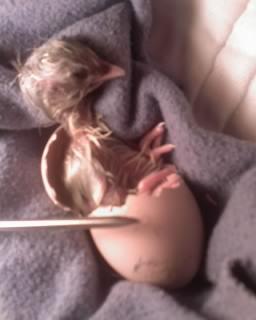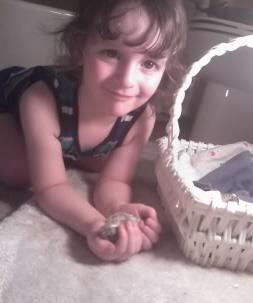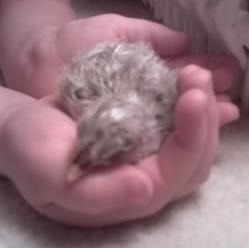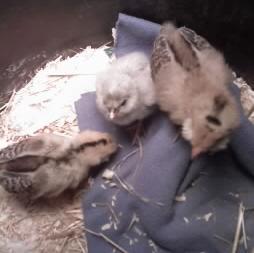- Dec 31, 2008
- 118
- 13
- 206
Quote:
I found this reference that substantiates the info in the link that patandchickens provided: http://www.funnyfarmexotics.com/IAS/2003Proceedings/Romagnano_Pediatrics.pdf
The article discusses the role of C02 on hatching muscles (page 3) and refers to two articles in the references section (sorry, I can't seem to cut and paste the reference here). It seems that the authors were referring to psittacines (parrots, parakeets, etc.), but it would logically apply to chickens. The timelines between drawing down and pipping might be different tho'. If anyone finds the research on chickens, I'd love to hear it.
I found this reference that substantiates the info in the link that patandchickens provided: http://www.funnyfarmexotics.com/IAS/2003Proceedings/Romagnano_Pediatrics.pdf
The article discusses the role of C02 on hatching muscles (page 3) and refers to two articles in the references section (sorry, I can't seem to cut and paste the reference here). It seems that the authors were referring to psittacines (parrots, parakeets, etc.), but it would logically apply to chickens. The timelines between drawing down and pipping might be different tho'. If anyone finds the research on chickens, I'd love to hear it.







